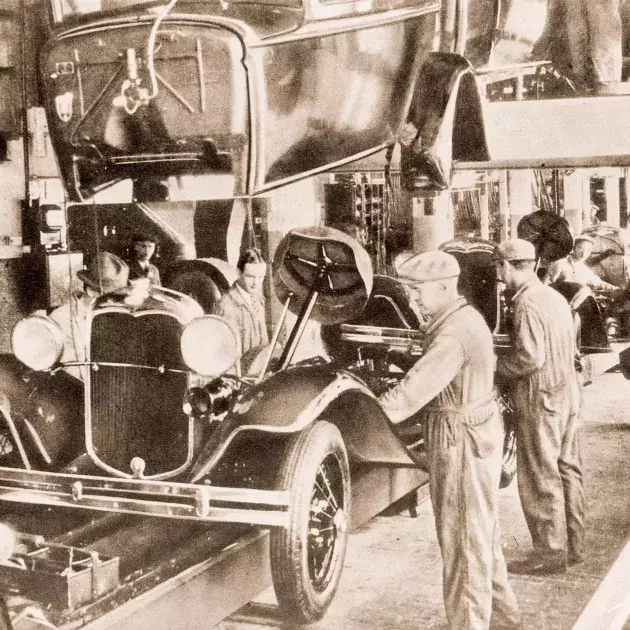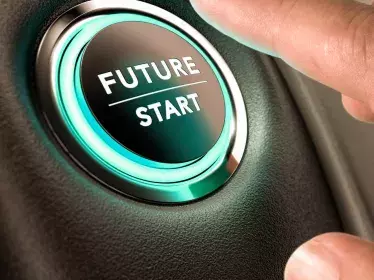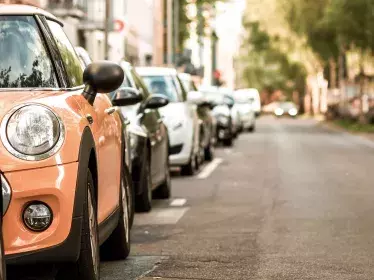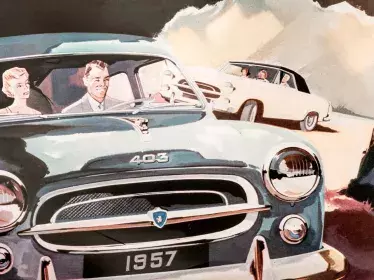The automotive industry is constantly evolving and adapting. If we take a look in the rear-view mirror at a prototype from the 1970s, we can see that the challenges were numerous and significant. But what are the innovations that accompany the history of the car?
Cars borrow (and evolve!) many new products from other sectors. It is thanks to the aerospace industry and GPS that we have seen the end of traditional paper road maps. It combines IT innovations to develop on-board systems and driver assistance. These two players together have created the emergence of self-driving cars. Or: think about the evolution of radios! From the first receivers with a few stations to cassette players and then CD/MP3/USB ports, today we are all about sophisticated multimedia connected via Bluetooth or WiFi.
But the automotive industry has also offered us great advances and innovations. Some examples demonstrate its undoubted role.
The assembly line
At the beginning of the 20th century, industrial production was done by unit and the process was lengthy. Henry Ford wanted to make the car accessible to as many people as possible and developed its first flexible mobile assembly line. He revolutionised the production process with the model T. Every employee performed a simple step in the production process. Methods have continued to evolve. Operators work in several shifts and perform many operations to make their work more interesting.
Safety glass
In 1944, Preston Tucker founded the Tucker Car Corporation. Its groundbreaking project for the time, Tucker 48, led to a futuristic car with road safety and accident prevention solutions. It developed safety glass, which is less likely to break or which is a safety feature as, if it does break, it breaks into small pieces with very few sharp angles. This production technique is now complemented by laminating, which to some extent holds glass debris together. Furniture, doors, shower cubicles and other everyday items benefit from this innovation.
Kevlar
Charged with developing a material to replace the steel cords in tyres, Stephanie Kwolek focused on creating a synthetic fibre. Through her research, she created a polymer that did not meet her expectations. But she had the idea of spinning this opaque liquid, eliminating the solvents to keep only the fibre. This resulted in a material that was five times stronger than steel while being the same weight and fire-resistant. Today, Kevlar is used in many fields (ballistic vests, tyres, boat sails and hulls, aeroplane wings, prostheses, and more).

A COVID detector
Automobile OEM Valeo is known for its vehicle-related innovations, but it was in the world of healthcare that it recently surprised us all. It has jointly developed a terminal with various health bodies (including the University of Liège) that detects 94% of positive Covid-19 cases. This diversification has already led it to the manufacture of protective visors and intensive care ventilators.
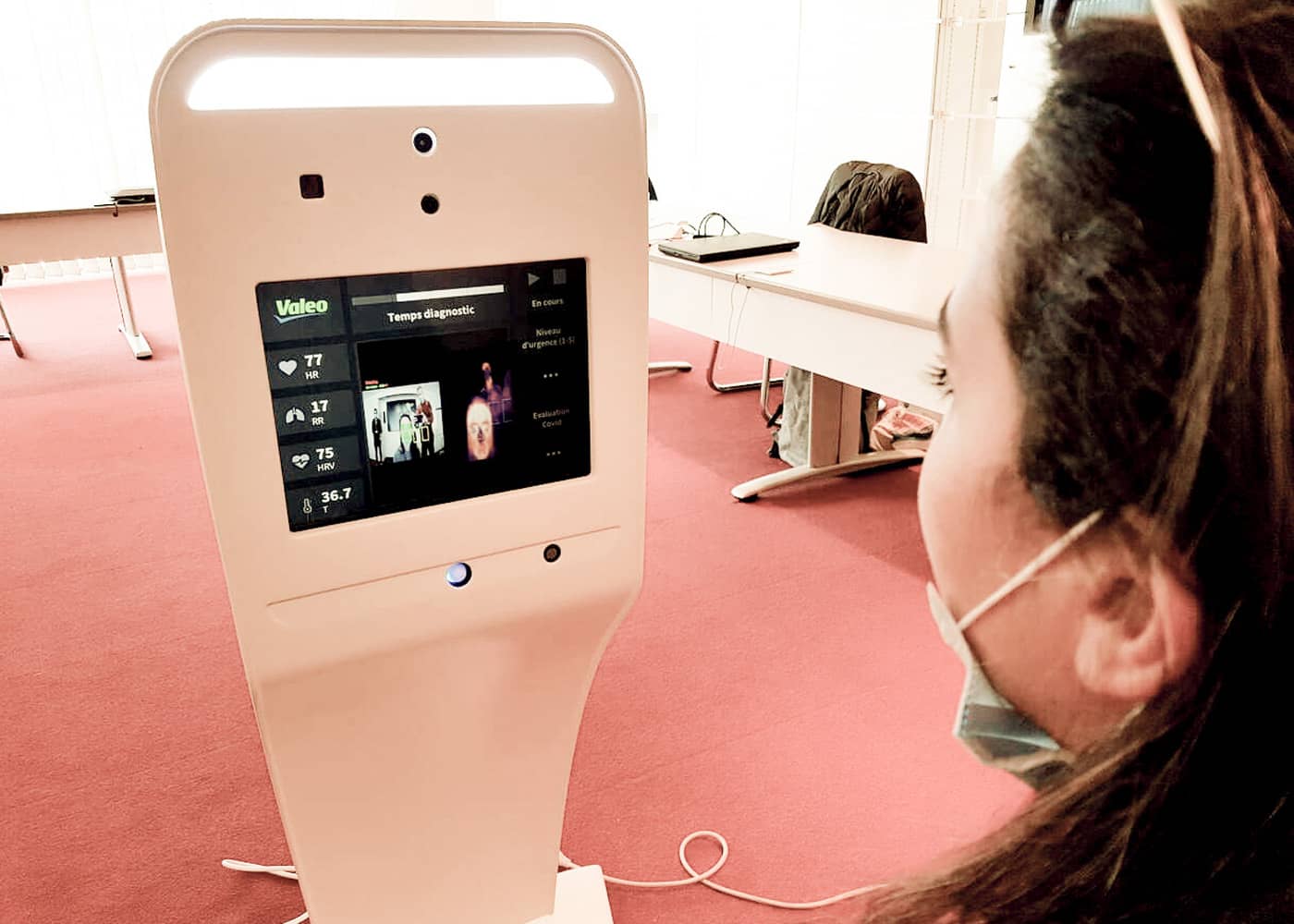
Climate challenges are driving the automotive industry towards new innovations, and even though the first electric cars date back to the 19th century, there is no doubt that this talented industry will once again evolve and revolutionise.


